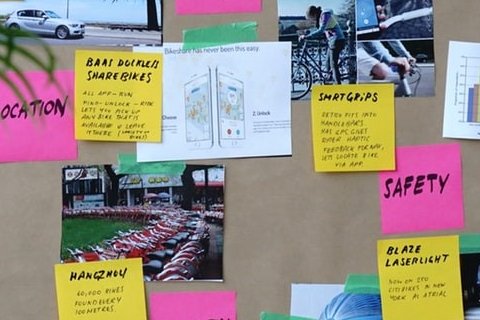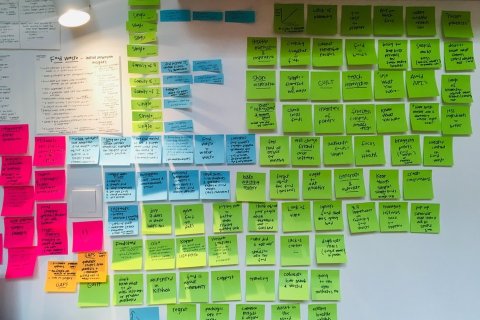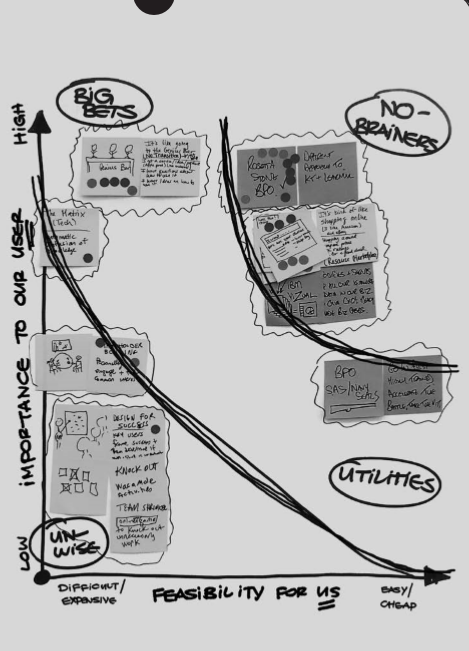Reworking one last sentence and finalizing a research report can often feel like passing the finish line at the end of a race – for the researcher.
For our clients, however, a new journey has only just begun. Results must be explored, implications must be understood, actions must be identified – and, most importantly, executed.
Workshops can help facilitate the transition from insight to action.

Step 1: Empathize
The workshop process begins by sharing consumer insights collected over the course of the research project and are often delivered via multiple formats: presentations, video reels, and written reports, including both detailed reports and high-level executive briefs.
Insights are also often shared during the research process with clients able to directly observe ethnographic interviews or online communities as they happen. This enables clients to learn as part of a journey, rather than an overwhelming data dump. The most significant insights are also highlighted through executive briefs and check-in calls for those lacking time for deeper dives.

Step 2: Ideate
To begin ideation workshops, it’s important to identify four or five broad areas of action derived from a study. Researchers and client stakeholders then work together to identify specific action items that can address those broader areas.
This step in the process is most successful when participants push for the widest possible range of ideas, instead of trying to select the best solution. This phase is the time to think beyond what might be normal or possible.

Step 3: Evaluate
Following ideation workshops, ideas must be evaluated according to their significance and feasibility. To achieve this, stakeholders work together to place ideas on a graph according to the idea’s feasibility and importance to the user (or the business). We like this graph:

This exercise enables clients to identify the most important action items and move forward with a collection of “no brainers,” “big bets,” “utilities,” as well as an understanding of items to avoid: “unwise.”
Step 4: Execute
A great workshop will provide attendees with clear direction and action items to move the business forward. It’s critical for moderators and leaders to create wrap up documents that itemize to-dos and next steps so that forward momentum is not lost.
Moreover, further research is often eventually required to remain abreast with the market. This progression is not linear – rather, the movement from insight to action represents a continuous cycle in which insights build and actions are refined.
Are you eager to stay ahead of the curve in your industry? Sign up for our monthly insights email and gain exclusive access to valuable market research, industry trends, and actionable recommendations delivered directly to your inbox.
Topics from this blog: Consumer Insights Research Methods